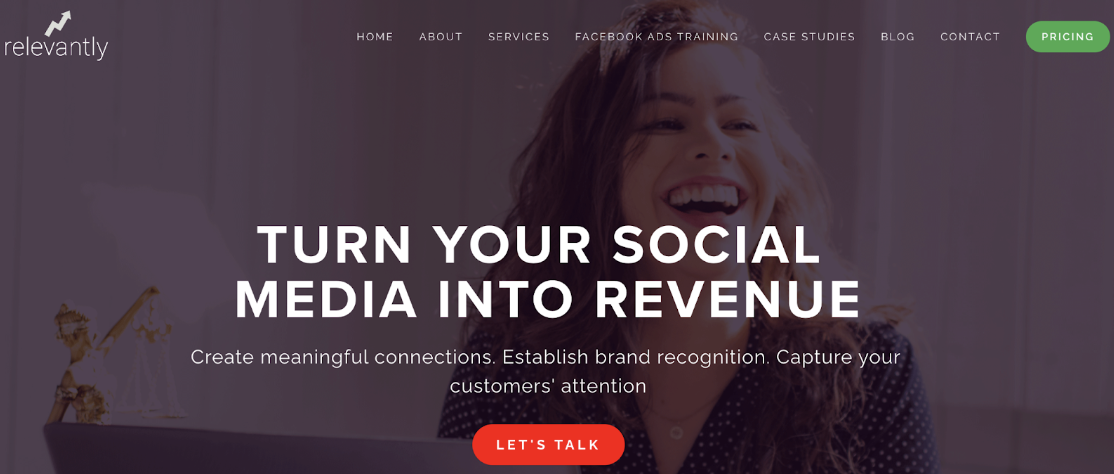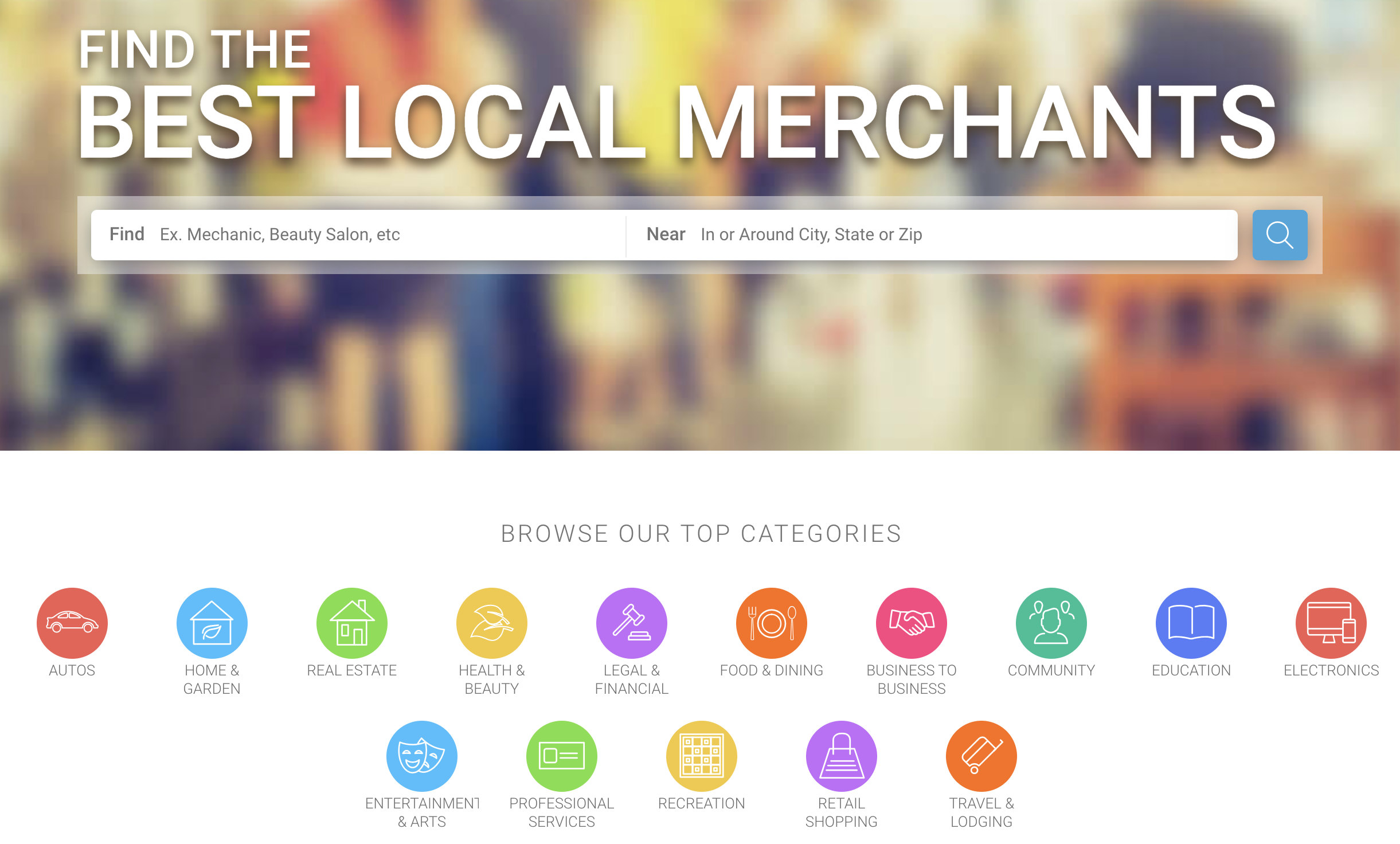Maximizing ROI with Proven Multi-Location Marketing Strategies
When it comes to marketing, the number one question in any business owner's mind is: "Am I getting value for my money?" This is where the significance of ROI, or Return on Investment, comes into play. ROI quantifies the return you're getting from every dollar spent on your marketing efforts.
A positive ROI? That's your green light, signalling that your strategies are working and yielding more than they're costing. A negative one, however, is a cue for introspection and course correction.
But here's where it gets tricky for multi-location businesses. You're not just gauging the success of one campaign for a single outlet. Instead, you're juggling multiple campaigns for various locations, each with its unique audience and challenges.
The challenge isn't just about achieving ROI for each location but also measuring it accurately. The solution? Multi-location marketing strategies. These tailored approaches ensure each location gets optimal marketing, balancing a unified brand voice with local customization, ultimately driving better ROI across all branches.
Click on each corresponding link to jump ahead to that section:
- Centralize Marketing, Adapt Locally
- Optimize Local SEO for Each Locations
- Create Location-Specific Landing Pages on Your Website
- Implement Geo-Targeted Advertising
- Engage Your Local Audience on Social Media
- Segment Your Customers Based on Their Primary Location
- Monitor and Analyze Location-Specific Data
- Regularly Review and Adapt Your Multi-Location Marketing Strategies
If you own and operate several business locations and need help with multi-location marketing, contact us!
8 Best Multi-Location Marketing Strategies to Maximize ROI

1. Centralize Marketing, Adapt Locally
Successful multi-location marketing doesn't mean creating unique campaigns from scratch for each location. You can actually lean heavily on centralized strategies, especially if you’d like to achieve consistency in branding and make your operations more efficient. However, making minor adjustments that fine-tune each campaign to resonate with local nuances makes all the difference.
For instance, a winter sale campaign for a clothing brand might be centralized in its messaging, but the products highlighted in sunny California will probably differ from those in chilly New York. So, how can you strike this balance? With multi-location digital advertising, you can maintain a unified strategy while tailoring individual elements for each locale.
These tools allow you to make specific adjustments for each location. You can:
Adjust keywords to fit local search trends
- Modify ad budgets based on how different areas perform
- Create content tailored to each locale
This way, every campaign stays true to the brand's main theme but also hits home with the local audience.
2. Optimize Local SEO for Each Location
SEO (Search Engine Optimization) is crucial for any business aiming for online visibility. But when dealing with multiple locations, general SEO practices aren't enough. Each branch needs to appear prominently in local searches, ensuring potential customers in its vicinity find it easily.
Think about it: when someone in Miami searches for "best Italian restaurant," they're hoping to find options in Miami, not Dallas. To cater to this, ensure each location has a complete and optimized Google My Business listing. Include accurate details, such as your:
- Address
- Phone number
- Operating hours
- High-quality images
You should also encourage satisfied customers to leave positive reviews and promptly respond to queries or feedback.
3. Create Location-Specific Landing Pages on Your Website

Think of your website as the online welcome mat to your business. When you're marketing to different places, you want to make sure you're rolling out the right mat for the right guests. How? You need to create a landing page for each location on your site.
But why? Every place you operate in has its own flair, and a tailored landing page can really spotlight this. Let's say you run a chain of gyms. The downtown gym's page might brag about its top-notch machines, while the one in the suburbs might boast about being roomy and great for families.
This way, you're not just showing what you offer; you're connecting with the local folks by showing them what's special about their specific spot.
Location-specific landing pages can also boost your local SEO efforts. You should optimize them with location-specific keywords to drive more organic traffic from people searching for services in that particular area.
In addition, these pages offer more than just information. You can monitor the traffic and user engagement on each landing page to gauge the interest levels for your services in particular regions. This, in turn, helps you refine your marketing approaches to optimize return on investment.
4. Implement Geo-Targeted Advertising

The greatest advantage of running ads online is their boundless reach; your campaigns can span continents. But while it's fantastic that a diner in Tokyo can view an ad for your New York pizzeria, it's those in Manhattan or Brooklyn who are more likely to walk through your doors. The reality is most of your conversions come from local customers.
You risk spending substantial amounts on ads viewed by people who, despite potential interest, simply aren't in a position to become customers due to geographical constraints. However, by implementing geo-targeted advertising, you focus your resources on the audience that matters most – those nearby, ready, and able to engage with your business.
Let’s break down the main benefits of geo-targeted advertising:
- Improved Relevance: Geo-targeting allows you to show ads to people in specific geographic areas. This increases the relevance of your ads, as they are more likely to be of interest to local audiences who are in a better position to engage with your business.
- Higher Conversion Rates: When your ads are seen by people who are geographically close to your business, you are more likely to see higher conversion rates. This means more local customers visiting your store or website.
- Cost Efficiency: Geo-targeting helps you allocate your advertising budget more efficiently. Instead of spending on a broad audience, you focus on a smaller, more relevant group. This can reduce ad spend on viewers who are unlikely to convert due to their location.
- Local Brand Building: For businesses with physical locations, geo-targeting helps build your brand presence locally. It allows you to create awareness and familiarity within your immediate community.
- Local SEO Enhancement: Geo-targeting can complement your local search engine optimization (SEO) efforts, helping you appear in local search results and map listings, further increasing your visibility to local customers.
In summary, geo-targeted advertising is a valuable strategy for businesses with a local or regional focus. It enhances relevance, increases conversion rates, and helps in cost-efficient resource allocation while strengthening your brand presence in your immediate community.
5. Engage Your Local Audience on Social Media
Every audience wants to see content that resonates with their immediate environment. While the idea of opening dedicated social media accounts for every single branch might seem like a way to achieve this, it's often not practical or manageable.
A more effective approach might be to use your primary social media platforms to highlight local happenings, such as:
- A community charity event your business supported
- An employee from a specific branch
- Commemorate a local holiday
You can also intertwine this with user-generated content (UGC). Encourage your customers to share their experiences at specific branches on social media and highlight them.
Location-based hashtags are also a great way to centralize discussions around a particular region or branch. This not only amplifies the local flavor in your content but also makes it easier for users to find and engage with topics specific to their interests and locale. And remember, you don't always have to follow the TikTok trends to stay relevant; you can set the pace and create your own.
6. Segment Your Customers Based on Their Primary Location
Segmenting your audience is one of the most important aspects to consider when crafting a marketing strategy, but it becomes even more important when you're working with a chain of stores. You, therefore, need to consider segmenting your customers by their primary or 'home store.’
This segmentation will make it easier for you to send them location-specific offers, personalized recommendations, and event invitations that will most likely interest them.
Most importantly, it allows you to measure the ROI of each location more effectively. By analyzing the spending patterns and responses of customers based on their "home store," you can identify which locations thrive and which may require additional attention.
7. Monitor and Analyze Location-Specific Data

One of the most commonly overlooked aspects when managing a chain of establishments is the significance of location-specific data. While many businesses primarily focus on the overall performance of their centralized marketing strategies, achieving maximum ROI requires a laser focus on each individual location. So how do you do this?
Start with analytics tools! Make sure that for every campaign you launch, you can measure results and gauge the performance of each location individually. Some key metrics to keep an eye on include:
- Foot traffic
- Website visits
- Conversion rates
- Feedback from customer
You can also analyze customer data to discern trends and preferences specific to each location. Are there particular products or services that perform exceptionally well in one area? Do certain demographics favour one branch over another? This information will help you refine your marketing strategies and align them to the needs and preferences of each local audience.
Don't forget to gather feedback from your branch managers or staff members as well. They are often on the front lines and can provide valuable insights into the unique challenges and opportunities at each location.
8. Regularly Review and Adapt Your Multi-Location Marketing Strategies

Marketing is dynamic, what works today may not work tomorrow. To ensure a consistently high ROI for your multi-location business, schedule periodic strategy reviews or social media audits for each location to analyze what's working well and what might need improvement.
Are there new marketing trends or tools that could be incorporated? Are customer preferences evolving? These reviews allow you to fine-tune your approach, aligning it more with the changing landscape.
The ability to swiftly adapt is also a significant advantage. For example, if a particular location is experiencing a surge in interest for a specific product, adjust your marketing efforts to capitalize on this trend. Similarly, if a marketing channel is delivering diminishing returns for one branch but excelling for another, allocate resources accordingly.
Finally, keep an eye on your competition. What strategies are they employing? Are there lessons to be learned or opportunities to differentiate your branches further?
Conclusion
The key to thriving in multi-location marketing is finding the right balance between centralized strategies and local nuances. While it's tempting to adopt a one-size-fits-all approach with centralized campaigns that can be used across all locations, it's the art of localizing your efforts that makes the difference. The best part? You don't have to sacrifice consistency in branding and brand voice; all it takes are a few strategic tweaks to align your campaigns with each unique locale.



